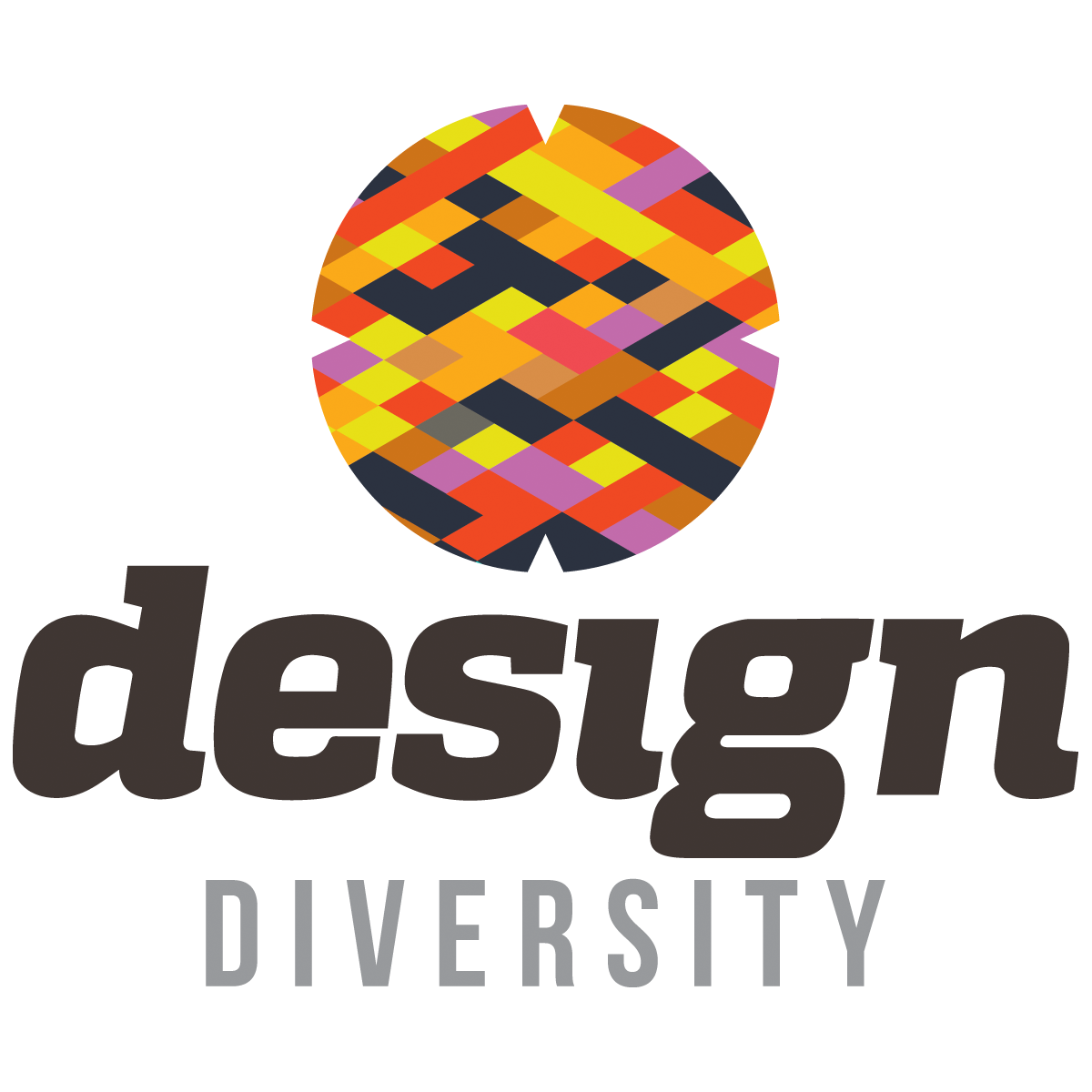by Jacinda Walker
Founder, designExplorr.com
The journey to a career can be met with great success or great struggle. When a traveler is prepared for the journey, they typically cover more distance and the experiences they encounter become quick stops along the way— moments of pause that, with rest and refueling, allow them to begin again. However, for a traveler who is less prepared to face the bumps, twists, and turns of the road, minor challenges become major roadblocks. Those minor challenges become permanent barricades that ultimately inhibit travel and one’s likelihood to continue on the path of success. Unfortunately, the latter path described here is all too common among young African American and Latino youth who seek a design-related career.
This line of inquiry led me to visualize what the journey to becoming a designer looks like and analyze what tools are needed to obtain a design-related career. My research work entitled, Design Journeys: Strategies for Increasing Diversity in Design Disciplines (2016) explores diversity in design disciplines and presents fifteen strategic ideas to expose African American and Latino youth to design-related careers. This solutions-based thesis introduces a map charting a design career from grade school to a seasoned professional. The “Design Journey Map” contains four color-coded passages: foundations, proficiency, workforce, and influence. The passages overlap with career competency components to cultivate soft skills together with the hard skills youth learn along the journey to a design career.
Figure 1: The Design Journey Map in full
The Design Journey Map is a simple navigational tool that can be used as a framework to better inform students, parents, professionals and organizations which strategic ideas are needed and where to place them along the career path to increase diversity in design disciplines.
This framework is important because it shows the journey to become a designer and provides four principles of a strategic solution for closing the diversity gap in the design industry. The principles address the complex problem of a lack of diversity in design by identifying characteristics of a strategic solution needed for helping to close the diversity gap in design. They are labeled as comprehensive, collaborative, local, and scholastic. These Design Principles help to ensure long-term success for programs and initiatives whose intent is to expose African American and Latino youth to design-related careers.
Figure 2: The four Design Principles for a strategic solution
The process of closing the gap in design is especially complex due to underlying problems at both ends of the career path. Problems on one end of the career path relate to access and exposure, which impacts course offerings and instruction for African American and Latino youth in their local community schools. The problems on the other end relate to the opportunities provided to professionals of color, which are limited due to systemic prejudices, especially among those who monitor the distribution and application of funding for education.
Figure 3: The Multiple Problems in Design
Figure 3: The Multiple Problems in Design
In Designing for Diversity: Implications for Architectural Education in the Twenty-First Century (2002), Dr. Kathryn H. Anthony, Distinguished Professor at the University of Illinois at Urbana-Champaign, suggests that in order to guarantee long-lasting and continuous improvement, schools and organizations need to work strategically by developing more diversity-building initiatives. Developing diversity-building initiatives will improve industry experiences for novice African American and Latino designers, ensuring that they meet greater career success and create more opportunities along the pipeline. One such diversity-building initiative in northeast Ohio is Design Diversity.
Design Diversity is an initiative launched in late 2013 by the Cleveland Urban Design Collaborative (CUDC) and led in partnership with a multidisciplinary advisory committee. Through self-initiated projects and in collaboration with existing organizations, their goal is to foster learning, influence growth, and promote people of color in the design professions in Northeast Ohio. As a researcher, I am pleased to partner with the advisory committee by working in tandem to help bring their latest project to fruition.
The Design Diversity Index is a tool for measuring progress toward achieving diversity goals. The index will collect, maintain and aggregate data on the number of African Americans and Latinos from design schools, programs, and professional organizations and integrate a range of disciplines that include architecture, landscape architecture, graphic design, industrial design, interior design, and urban design. The Design Index benefits students, parents, and organizations by providing access to aggregated state-based data from regional educational institutions and creates opportunities for reminding other stakeholders about the necessity to increase diversity in design disciplines.
Addressing the lack of diversity in design is not a simple problem. The issue is that many are trying to solve a single problem when there are actually multiple problems on both ends of the journey. The challenge many African American and Latino youth face in the beginning of the journey is they simply do not know what to look for. In addition, parents of these creative youth also do not have adequate information to make informed decisions. Lastly, organizations can benefit by having such information centralized. This challenge continues to be recognized as a complex problem, but it still exists because there is a lack of access to the information available to solve it. Tools such as the Design Journey Map in conjunction with the Design Diversity Index are sorely needed to help stabilize the multiple problems along the journey. This initiative seeks to provide aggregated data to give students, parents, and organizations more information to make better decisions about design-related careers. To learn more about Design Diversity, future events and to receive the latest news on the Design Diversity Index log onto designdiversity.org.
About Jacinda Walker
Jacinda Walker is the founder of designExplorr, an organization that celebrates design learning by creating opportunities to introduce youth to design and partners with professionals, parents, and teachers who are passionate about bringing diversity to the industry in a powerful way. With over 20 years as a designer, entrepreneur, and instructor, her work ranges from designing corporate communications to developing educational programs and event management. She earned both her A.A.B. and B.F.A. in graphic design from the University of Akron and a M.F.A in Design Research and Development with a minor in Nonprofit Studies from The Ohio State University. Her research explores diversity in design disciplines and presents strategies to expose underrepresented youth to design-related careers. Her future goals include working with organizations to establish design education initiatives and developing design programs for underrepresented youth.


















